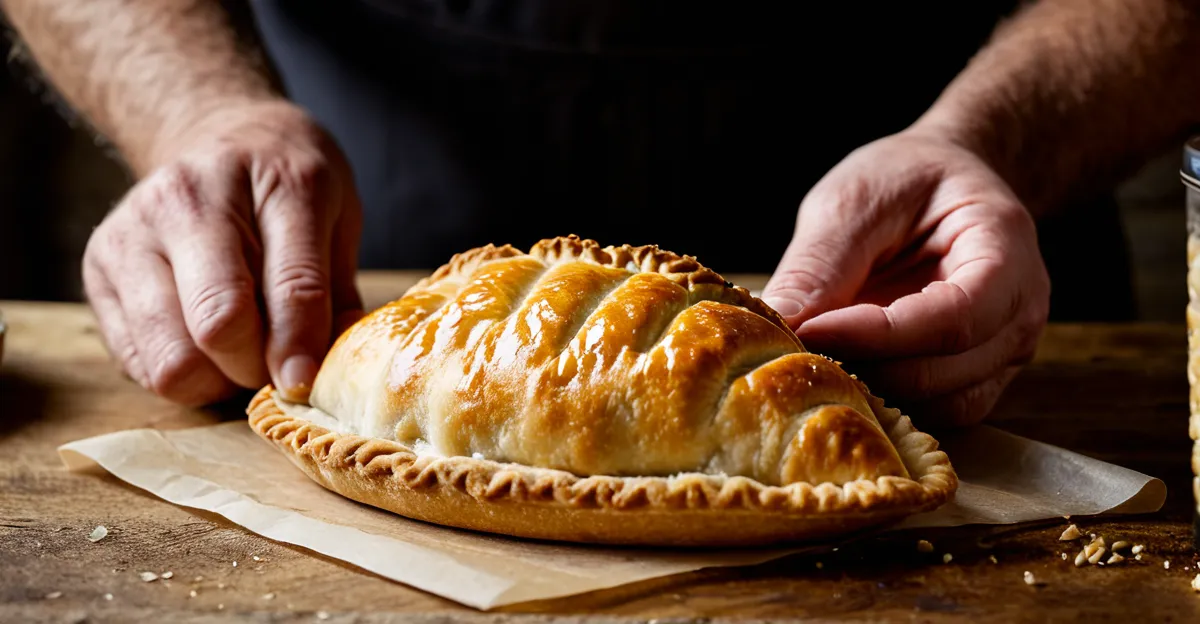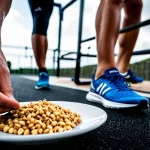Authentic Cornish Pasty Background and Significance
The Cornish pasty history dates back centuries, rooted deeply in Cornwall’s mining communities. Traditionally, it served as a nutritious, portable meal for miners who needed sustenance during long shifts underground. The pasty’s unique shape and robust crust made it easy to hold with dirty hands, while the thick edge acted as a handle to prevent contamination of the filling.
The Cornish pasty tradition involves strict adherence to distinctive features. A genuine pasty contains diced or minced beef, potato, swede, and onion, all enclosed in a sturdy shortcrust pastry. The famed side crimp not only seals the pasty but also signifies authenticity and craftsmanship. This style distinguishes it clearly from other pastry products in the UK.
In parallel : How can you modernize traditional British pies for contemporary tastes?
Cornwall’s legacy ensures the pasty holds a Protected Geographical Indication (PGI) status. This legally protects the Cornish pasty UK identity, meaning only products made within Cornwall using traditional methods can bear the name. This status preserves the pasty’s cultural significance and guarantees authenticity, a point treasured by locals and appreciated by culinary enthusiasts worldwide.
Gathering Ingredients for a Traditional Cornish Pasty
Essential components and quality matter
Also to read : How Does British Cuisine Influence Global Culinary Trends?
The Cornish pasty ingredients are fundamental to preserving the authentic flavour and texture cherished in the Cornish pasty tradition. The filling requires carefully sourced beef, potato, swede (also known as rutabaga), and onion. These vegetables must be chopped into uniform cubes to ensure even cooking and an ideal mouthfeel. Beef used traditionally is diced skirt or chuck steak, chosen for its flavour and tenderness when slow-cooked inside the pasty.
Achieving the correct ratios of these ingredients is crucial. Too much potato can cause a soggy filling, while insufficient swede weakens the characteristic sweet earthiness. The onion adds moisture and enhances the overall taste balance without overwhelming.
The Cornish pasty pastry encompasses a shortcrust dough made from plain flour, cold butter, a small pinch of salt, and cold water, blended just enough to create a sturdy yet flaky casing. This pastry is essential in supporting the filling during baking and delivering that recognizable, crisp crust.
High-quality ingredients combined with precise proportions uphold the Cornish pasty UK standards, ensuring each pasty maintains its traditional appeal and satisfies both locals and pasty enthusiasts worldwide.
Making Traditional Cornish Pasty Pastry from Scratch
Crafting the Cornish pasty pastry begins with making a robust shortcrust dough that can hold the hearty filling without becoming soggy. The key ingredients are plain flour, cold butter, a pinch of salt, and cold water. Use cold butter cut into cubes and rub it into the flour briskly until the mix resembles breadcrumbs. This method ensures the pastry becomes flaky once baked.
Next, add just enough cold water, often a few tablespoons, to bring the dough together without overworking it. Over-kneading activates gluten, which can toughen the pastry, contrary to the flaky texture desired in a traditional Cornish pasty. Resting the dough wrapped in cling film for at least 30 minutes in the fridge allows the gluten to relax, making rolling easier.
When rolling out the pastry, keep it at an even thickness, about 3-4mm, to provide strength without heaviness. Avoid rolling too thin, which risks tearing during folding. This homemade Cornish pastry recipe maintains the balance between sturdiness and crispness, essential to the Cornish pasty tradition and its signature texture cherished across the Cornish pasty UK landscape.







